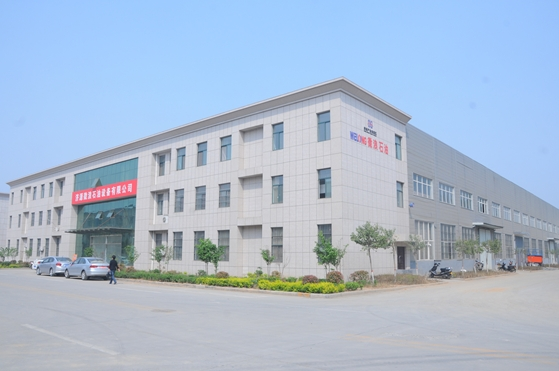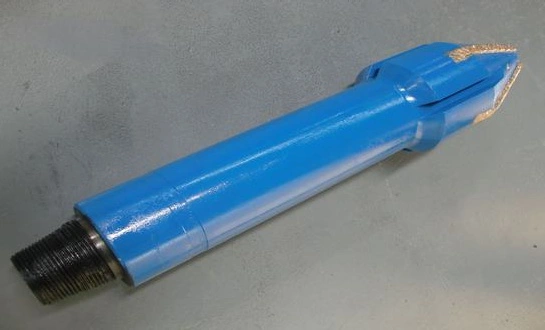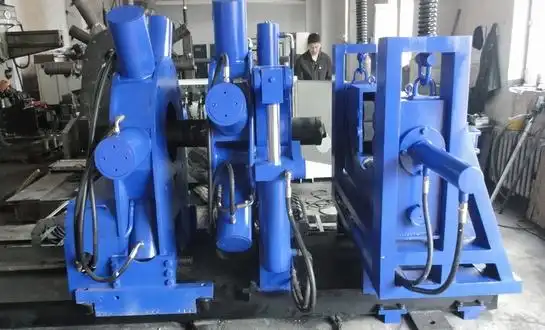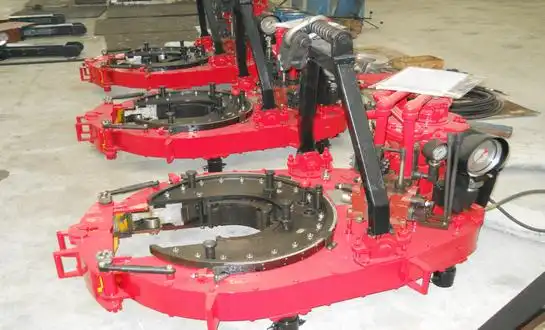Calculating ROI: Work Roll Lifecycle Costs vs. Production Output Gains
Understanding Work Roll Lifecycle Costs
The lifecycle costs of work rolls encompass various components, including initial purchase, installation, maintenance, and eventual replacement. These expenses can be substantial, but they must be viewed in the context of the roll's entire operational lifespan. High-quality work rolls, while more expensive upfront, often provide better durability and performance, leading to lower long-term costs. Regular maintenance, such as grinding and resurfacing, can significantly extend a roll's useful life, spreading the initial investment over a longer period and reducing the frequency of replacements.
Quantifying Production Output Gains
Properly maintained work rolls contribute to increased production output in several ways. They ensure consistent product quality, reducing the need for rework or scrapping of defective materials. Well-maintained rolls also allow for higher operating speeds and longer continuous production runs, boosting overall throughput. Additionally, they minimize unplanned downtime due to roll failures or quality issues, keeping production lines running smoothly. These factors collectively lead to higher production volumes and improved product consistency, directly impacting the bottom line.
Analyzing the Return on Investment
To calculate the ROI of work roll maintenance, companies must compare the total maintenance costs against the value of production gains and avoided losses. This analysis should include factors such as increased production capacity, reduced material waste, lower energy consumption, and fewer quality-related customer returns. For example, if a company invests $100,000 in annual roll maintenance and sees a $500,000 increase in production value coupled with $200,000 in avoided downtime costs, the ROI would be substantial. Over time, the cumulative benefits of consistent maintenance often far exceed the ongoing investment, making it a financially sound strategy for metal rolling industries.
How Outsourcing Maintenance Reduces In-House Labor and Equipment Expenses
Specialized Expertise and Equipment
Outsourcing work roll maintenance to specialized service providers offers access to expert knowledge and state-of-the-art equipment that may be cost-prohibitive for individual companies to maintain in-house. These specialists are often more efficient in performing maintenance tasks, leveraging their experience across multiple clients to develop best practices. They typically invest in advanced diagnostic tools and maintenance equipment, allowing for more precise and effective servicing of work rolls. This expertise can lead to better maintenance outcomes, extending roll life and improving performance beyond what might be achievable with in-house resources.

Flexible Capacity and Cost Structure
By outsourcing maintenance, metal rolling companies can convert fixed labor and equipment costs into variable expenses that align more closely with production needs. This flexibility allows businesses to scale their maintenance activities up or down based on current requirements without the burden of maintaining a full-time staff or specialized equipment that may not be continuously utilized. During peak production periods, outsourced providers can often mobilize additional resources more quickly than an in-house team could, ensuring that maintenance activities don't become a bottleneck for production.
Focus on Core Competencies
Outsourcing work roll maintenance enables metal rolling companies to focus their internal resources on core business activities and strategic initiatives. By relieving the burden of specialized maintenance tasks, companies can allocate their workforce and capital more efficiently towards production, innovation, and customer service. This strategic realignment often leads to improved overall productivity and competitiveness. Additionally, it can reduce the complexity of operations management, allowing leadership to concentrate on growth and market positioning rather than the intricacies of equipment maintenance.
Case Studies: Companies Saving Millions Through Optimized Maintenance Schedules
Global Steel Producer's Transformation
A leading global steel producer implemented an optimized work roll maintenance schedule across its flat product mills, resulting in significant cost savings and productivity improvements. By adopting a data-driven approach to maintenance planning, the company was able to extend the average lifespan of its work rolls by 30%. This extension translated to a reduction in annual roll replacement costs of $3.5 million. Moreover, the optimized schedule reduced unplanned downtime by 45%, leading to an additional $7 million in productivity gains. The company achieved these results by leveraging predictive maintenance technologies and collaborating closely with roll suppliers to fine-tune their maintenance practices.
Aluminum Rolling Mill's Efficiency Boost
An aluminum rolling mill in North America revamped its work roll maintenance strategy, focusing on proactive monitoring and targeted interventions. By implementing advanced sensors and analytics to track roll performance in real-time, the company was able to predict optimal maintenance intervals with high accuracy. This approach allowed them to reduce roll change frequency by 25% while simultaneously improving product surface quality. The net result was an annual saving of $2.8 million in maintenance costs and a 15% increase in mill productivity. Additionally, the improved product quality led to a significant reduction in customer complaints and returns, further enhancing the company's market position and profitability.
Medium-Sized Steel Plant's Outsourcing Success
A medium-sized steel plant in Europe decided to outsource its work roll maintenance to a specialized service provider. This strategic move allowed the company to eliminate the need for in-house maintenance equipment and reduce its maintenance staff by 60%. The outsourcing partner introduced advanced roll grinding techniques and optimized the maintenance schedule based on roll wear patterns and production demands. As a result, the plant saw a 40% reduction in roll-related downtime and a 20% increase in roll life. The combined effect of these improvements led to annual savings of €4.2 million ($4.9 million USD) and enabled the company to increase its production capacity without additional capital investment in rolling equipment.
Source: CHINA WELONG-Oilfield tools Manufacturer
FAQ about Work Roll
What factors influence work roll wear?
Several factors contribute to work roll wear in metal rolling industries: 1. Rolling temperature: Higher temperatures accelerate wear. 2. Rolling speed: Faster speeds can increase wear rates. 3. Material hardness: Harder materials cause more wear on rolls. 4. Lubrication: Inadequate lubrication leads to increased friction and wear. 5. Roll material: The composition and hardness of the roll itself affect its wear resistance. 6. Rolling pressure: Higher pressures result in faster wear. 7. Cooling efficiency: Ineffective cooling can lead to thermal fatigue and accelerated wear. Understanding these factors is crucial for developing effective maintenance strategies and optimizing roll performance.
How often should work rolls be replaced?
The frequency of work roll replacement varies depending on several factors: 1. Type of material being rolled 2. Production volume 3. Roll material and design 4. Maintenance practices 5. Quality requirements Typically, work rolls in hot rolling mills may need replacement every few days to a few weeks, while those in cold rolling mills can last several weeks to months. However, with optimized maintenance schedules and advanced materials, some facilities have extended roll life significantly. Regular inspections and monitoring of roll performance are essential for determining the optimal replacement timing.
What are the latest advancements in work roll technology?
Recent advancements in work roll technology include: 1. High-chrome iron rolls with improved wear resistance 2. Composite rolls with tailored surface properties 3. Advanced coatings to enhance hardness and reduce friction 4. Smart rolls with embedded sensors for real-time monitoring 5. Optimized roll profiles for better strip shape control 6. Nano-structured materials for enhanced roll performance 7. Improved cooling systems for better thermal management These innovations aim to extend roll life, improve product quality, and increase overall rolling efficiency. Staying informed about these advancements can help metal rolling industries maintain a competitive edge in the market.
In conclusion, work roll maintenance is a critical aspect of efficient and cost-effective operations in metal rolling industries. By implementing optimized maintenance strategies, companies can significantly reduce costs, improve product quality, and enhance overall productivity. The case studies presented demonstrate the substantial financial benefits that can be achieved through smart maintenance practices. For more information on work rolls and how to optimize your rolling operations, please contact us at oiltools15@welongpost.com. Welong is committed to providing high-quality solutions for the metal rolling industry, helping you achieve optimal performance and cost-effectiveness in your operations.





